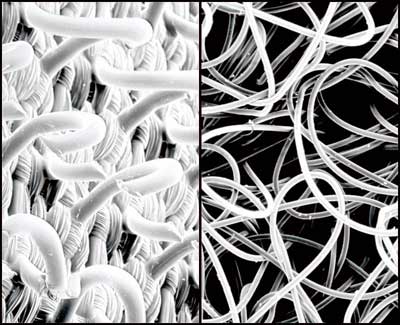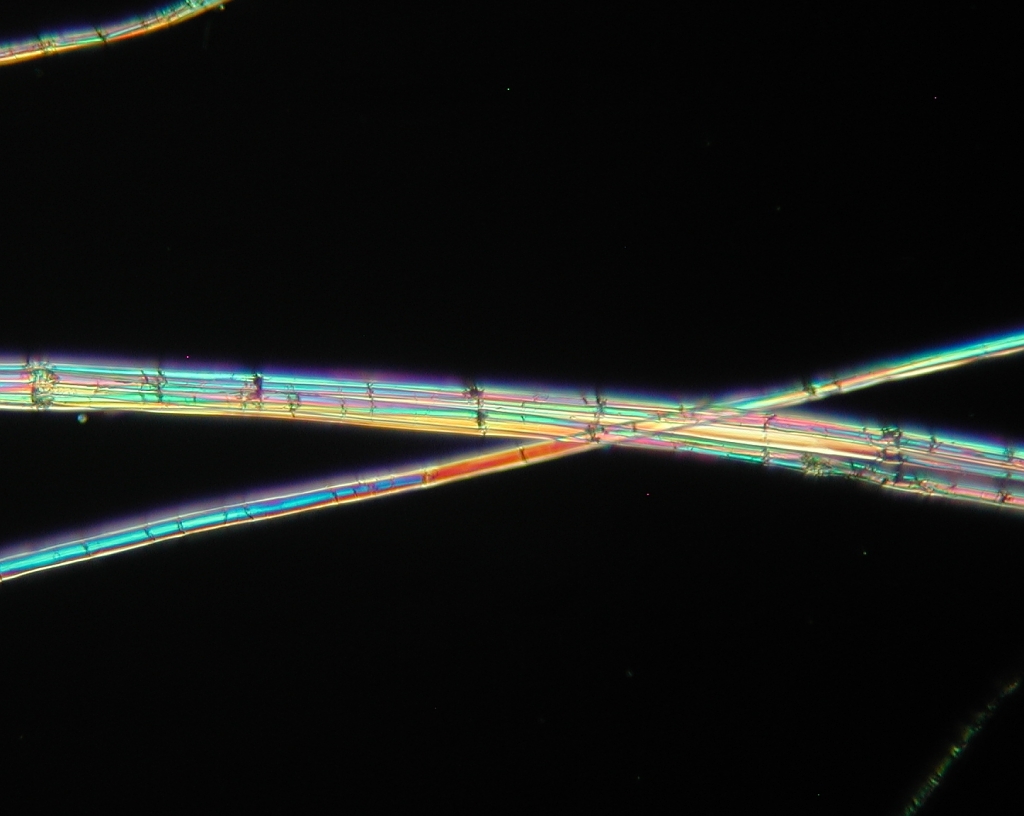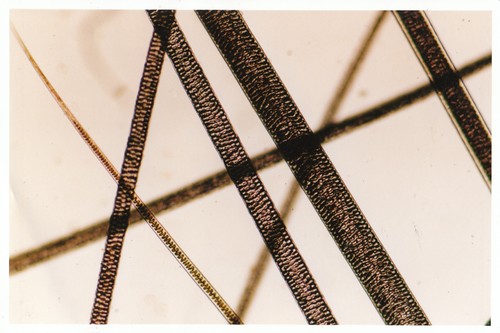History of Hair and Fiber Analysis:
Ever since the early 1900’s hair and fiber analysis has played a crucial part in convicting criminals. During the 1900’s Edmond Locard published his principle which states that every contact leaves a trace which laid the groundwork for the use of trace evidence in crime scene investigations. The first major book that talked about the study of hair was published in France, 1857, this book sparked the beginning of the use of hair analysis in crime scene investigations. Later in 1931 Professor John Glaister published his book “"Hairs of Mammalia from the Medico-legal Aspect” which soon became a renowned resource for hair analysis information. Then again in 1977 John Hick’s book “Microscopy of Hairs: A Practical Guide and Manual” laid out the groundwork for the use of hair evidence by the forensic scientists. During the 1900’s Edmond Locard published his principle which states that every contact leaves a trace which laid the groundwork for the use of trace evidence in crime scene investigations.
 |
http://us.123rf.com/400wm/400/400/justmeyo/justmeyo1011/justmeyo101100451/8333065-close-up-of-man-looking-through-microscope-and-taking-notes-in-clipboard-in-laboratory.jpg
Major Types of Fibers: There are several different types of fibers that are typically seen in crime scenes, these can include: cotton, wool, hemp, polyester, and nylon. Cotton is the most used textile fiber and is just about any type of clothing; it is also a natural fiber. Wool is another natural fiber; it is cultivated from sheep and other animals. Hemp is a natural fiber as well; it is harvested from a hemp plant and is mainly used in clothing. Polyester is a synthetic fiber; it’s mainly made up of a synthetic polymer. Polyester is used for most forms of clothing, and most home furnishings. Nylon was the first true synthetic fiber; it is used in many things such as clothing and furnishings.
Nylon:
 |
| http://static-www.icr.org/i/articles/btg/btg-222b-velcro.jpg |
Cotton:
 |
| http://egyptiancottonsheets.info/cotton-fibers.jpg |
Wool:
 |
| http://www.csiro.au/files/images/p8m2.jpg |
Hemp:
 |
| http://alpinemeadowsguild.org/images/hemp_fiber_bundle.jpg |
Polyester:
 |
| http://mee-inc.com/hamm/cloth39.jpg |
Collecting Hair and Fiber Evidence:
 |
| http://www.evidentcrimescene.com/cata/evid3/traceTape.jpg |
When collecting hair and fibers forensic investigators typically use adhesive tape, the investigator will lay down the tape over an area to pick up the fibers. When the investigator lifts the tape up it will pick up the hair and fiber which can then be taken back to the lab for analysis.
Analyzing Hair and Fiber Evidence:
 |
| http://farm4.static.flickr.com/3602/3492708000_b158ca7f6a.jpg |
After a scientist has collected the hair and fibers he has to analyze them. This can be done in several ways, whether it is examining the hair or fibers under a microscope, or testing them for certain chemicals such as marijuana, or chloroform. One of the tests is using polarized light microscopy which is shining a different light on the fiber because certain fibers will refract light differently. This method is particularly helpful for attempting to match certain fibers to other ones.
Reliability of Hair and Fiber Evidence:
Hair and fiber analysis is typically very reliable but usually alone is not able to convict a suspect. The FBI has published the “Forensic Science Communications” which states that by providing many associations and cross matches that is conducted by several examiners the validity of hair and fiber analysis evidence approaches 100%. FBI investigator Doug Deedrick says that hair evidence is only of value when used in conjunction with other evidence. When using hair evidence scientists can run certain tests on the hair to tell if a person has ingested certain drugs which can prove or disprove a suspects story.
|
 |
http://www.torange.us/photo/2/13/Fibers-tissue-under-the-microscope-1238403769_78.jpg
A Famous Case in Which Hair and Fiber Evidence Was Used:
 |
| http://www.cbc.ca/news/background/driskell/gfx/driskell.jpg |
One of the major cases in which hair and fiber evidence was used was in the wrongful conviction of James Driskell. James Driskell had been accused of murdering Perry Harder. The case had been based upon the assumption that Driskell had killed Harder to prevent him testifying against him in court. Forensic investigators found three hairs in Driskell’s van that they claimed were Harper’s hair. Driskell served 12 years in jail before DNA analysis of the hair proved that they were not Harder’s hair. |










Possibly add pictures of what the major fibers look like to the human eye so that people can relate to the fiber if they do not recognize the name. Also, under the hair/fiber collection, you should include some more ways to collect them. Besides that, good post.
ReplyDeleteWow, by obtaining a sample of hair forensic scientists are able to tell if the individual ingested drugs, that's impressive! Great post.
ReplyDeleteThank you, and I was surprised as well. It is is pretty amazing the things they do with modern science.
ReplyDeleteWow first time i found detail how type of fibers are. Really its good experience for me about Advanced Hair Fiber Studio. Thanks for providing me such type of information.
ReplyDelete